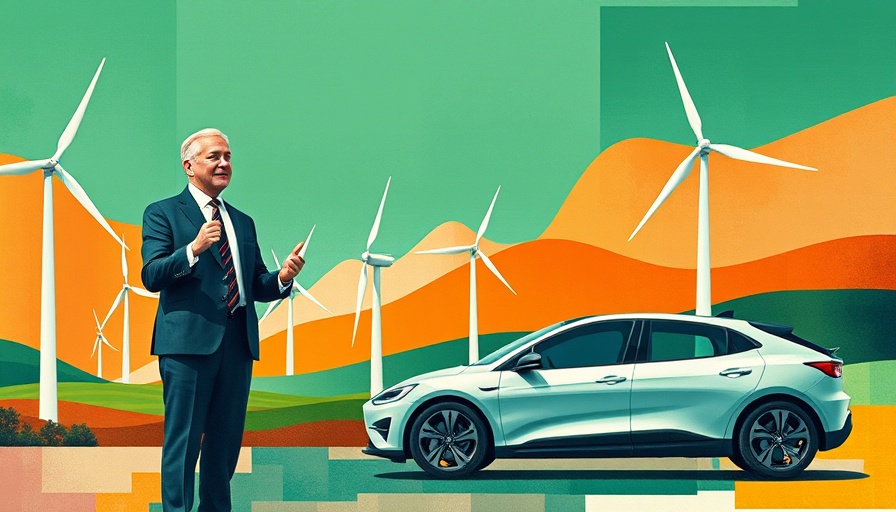
The Uncertain Future of US Climate Tech: What’s at Stake with Trump?
With sweeping executive actions heralding a new era under Donald Trump's administration, the trajectory of US climate technology is under increasing strain. Companies and stakeholders involved in renewable energy technologies such as electric vehicles (EVs) and wind power are particularly concerned about the potential ramifications of recent policy shifts.
Trump’s Executive Actions: A Game Changer for Renewable Energy?
As Trump begins to roll out his policies, the decision to withdraw from the Paris Agreement has raised alarms among environmentalists and industry leaders. This international treaty aimed at curbing greenhouse gas emissions set a cooperative framework for technological and social advancement in climate tech fields. The move signifies a potential retreat from federal support systems that have catalyzed growth in crucial sectors.
The Question of Electric Vehicles: A State by State Battle
One of Trump's first actions involved the targeting of EV mandates, raising questions about state rights concerning environmental regulations. California and several other states that instituted stricter emissions standards now find themselves in the crosshairs of federal policy intentions. Trump's elimination of these mandates could undermine the incentives for automakers to invest in zero-emission technologies, risking a dip in EV market growth.
Will Wind Power Projects Survive? Examining the Risks Ahead
Trump's administration paused all federal permits and financial support for both offshore and onshore wind projects, an alarming directive for existing and prospective projects. This moratorium threatens not only future investment in wind energy but also casts uncertainty over projects already underway, like Idaho's Lava Ridge Wind Project. As existing challenges—including rising costs and political resistance—are exacerbated, the wind industry faces a precarious landscape.
Strategies for Leaders in Climate Tech Amidst Uncertainty
For executives and senior decision-makers, navigating the evolving climate tech landscape calls for strategic agility. Staying abreast of federal regulatory developments, reinforcing state collaborations, and fostering innovation despite potential setbacks will be key. Companies can consider diversifying their portfolios and exploring markets less dependent on federal policy to safeguard against regulatory upheaval.
Opportunities in Adversity: The Resilient Path Forward
The challenges ahead must not overshadow the opportunities for sustainable investments. Innovative approaches in climate technology—which emphasize resilience against policy shifts—may emerge, encouraging corporate responsibility and bolstering the industry’s adaptability. As stakeholders, investors, and consumers increasingly prioritize sustainability, the capacity to pivot according to changing conditions could define the future landscape of climate technologies.
In summary, the evolving political landscape presents both challenges and opportunities for climate technology in the US. As stakeholders monitor developments closely, the importance of fostering resilient strategies cannot be understated. Preparedness will determine how well the sector can withstand the current political climate while striving for long-term sustainability.
 Add Row
Add Row  Add
Add 




Write A Comment